Photo Credit: Tulsa Farmers’ Market
Every Saturday morning, the Cherry Street neighborhood in downtown Tulsa, Oklahoma fills with a rainbow of flowers and produce, the smell of freshly baked bread and roasted coffee, and the sound of neighbors and families chatting.
The weekly farmers' market takes place in the Cherry Street historic district, a seven-block stretch home to 100-year-old buildings which is now one of Tulsa’s most popular entertainment districts. The street is home to local restaurants, bars, and a small-scale jewelry manufacturer that creates custom wedding bands and engagement rings right out of their 15th Street storefront.
The neighborhood wasn’t always this thriving, though. “When we moved in, there were bums and derelicts hanging around, and bars,” said Cheryl Dobbins, owner of Cherry Street Bakery, to the Tulsa World in 2017. “It was pretty seedy.”
What did Cherry Street do right? How did it turn a struggling neighborhood into a thriving place where people want to be?
Every community is different, but generally speaking there are three things a neighborhood MUST have to thrive. In fact, these are the reasons that people feel tied to a community, why the next generation returns to a community to raise a family, and why people invest their energy in a place. These were laid out in the Knight Foundation’s survey Soul of the Community in 2012, and I still see them nearly everywhere I go:
1. All people feel welcome.
A place thrives when everyone feels comfortable and included there — people of all races, income levels, ethnicities, ages, and physical abilities. And it’s not enough to simply say that your place welcomes everyone. Recruit businesses that are owned by women, people of color, people of a diversity of ethnic backgrounds, and more. Show, don’t tell.
2. People have places to gather.
The Cherry Street farmers' market is one great example of a place where people can gather but it is far from the only model. Public plazas, parks, trails, waterfronts, fountains, playgrounds, and promenades are some other examples and there are many more. Music series, festivals, artisan markets, and other popup events also create this space to gather.
3. It’s pretty.
Part of why Cherry Street is so inviting is the 100-year-old buildings that line its sidewalks. Preserving and protecting the natural beauty and/or history of a place is part of what makes people want to physically be there. Communities can be in a beautiful place, have beautiful buildings, and create a beautiful space for people to gather.
If your community is at the beginning of its redevelopment work and feeling stuck, these three tips can be a great place to start. Or if you’re well on your way, make sure you’re checking all three boxes.
Not only will they help you think about how to transform the physical space of your neighborhood or town, they will center your work on the people who live there now and how their lives and your community can be stronger. That’s the best approach to any investment — because no matter what happens, it always pays off.
Ready to get started? Let's chat about how to boost your community.
Want it in video form? Check this out:

